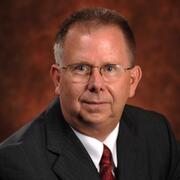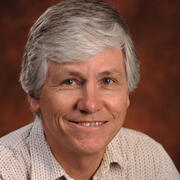Have questions about this report? Ask the author(s).
Investigates STEM economic activity by state, comparing the actual STEM shares to "expected" shares that reflect each state's distribution of population across its metro and nonmetro areas. In 2019, Colorado, the District of Columbia, Maryland, Massachusetts, Utah, Virginia, and Washington each had an actual share substantially greater than expected.

Dennis received a B.A. in economics and mathematics from Grand Valley State University, a M.S. in economics from Michigan State University, and a Ph.D. in economics from Michigan State University in 1978. He has served on the faculty of the Department of Economics at ASU since 1979, as director of ASU’s L. William Seidman Research Institute (2004-24), and as the director of the Office of the University Economist since 2005.

After receiving his Bachelor of Business Administration from the University of Toledo, Tom earned his Master of Business Administration from Arizona State University in 1976. After working in the private sector, he joined ASU in 1980, working for the predecessor of the L. William Seidman Research Institute. Since 2005, he has served as manager of research initiatives in the Office of the University Economist.

An update to the November 2023 paper that presented data through 2022, estimates are presented of the number of ASU graduates working in Arizona, as well as their average wage, aggregate wages, and tax payments. Estimates are made for each year from 2012 through 2023.

Examines Arizona state government finance over time; compares Arizona to the nation and to other states on combined state and local government finance. Investigates public education finance and educational outcomes. Considers public-sector needs and suggests ways to boost revenue.

Summarizes migration data by state from three sources: the Internal Revenue Service, the American Community Survey, and the University of Wisconsin.
EXECUTIVE SUMMARY